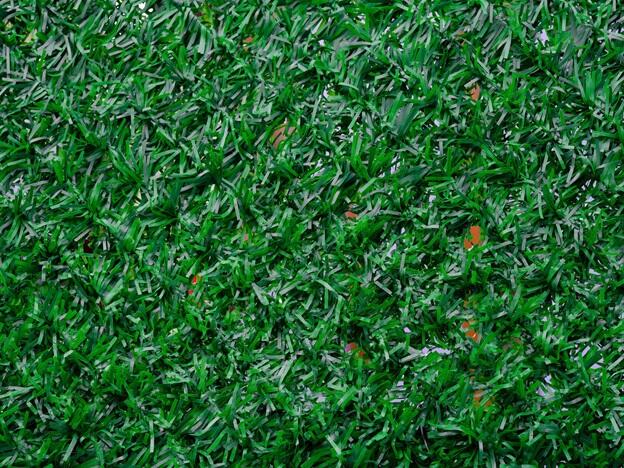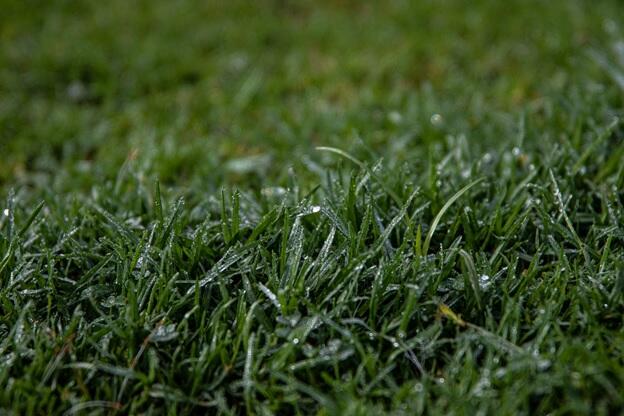
Having an artificial turf is great for your lawn, but you may not be aware of the environmental impacts it has. You may have heard about the maintenance cost, the chemicals used and the water consumption. You may also have heard that the installation costs can be high.

Water usage
Using artificial lawn to replace real grass in sports fields is a popular alternative. Compared to real grass, artificial turf uses little water and eliminates the need for fertilizers, herbicides, and pesticides. It also reduces the amount of grass clippings that end up in landfills.
Although there are many benefits to using artificial lawn, there are also concerns. For example, it may be a waste of time and money to install your own lawn, so you may want to go with an artificial turf liquidator who may do the job for you. Moreover, there is also safety concerns associated with using artificial lawn. In some cases, it can contain chemicals that are hazardous to humans and animals.
One of the major concerns about installing artificial turf is the chemicals involved. The compounds used in fake turf can enter surface water and groundwater. This can cause toxicity in the water, which can in turn negatively impact plants and animals.
Chemicals
Various scientific studies have identified the chemical impacts of fake turf. These include toxic chemicals, endocrine disruptors, and polyaromatic hydrocarbons. While these studies have been limited in design, they do provide an indication of potential harm. These chemicals are released into the air when the turf breaks down.
In order to identify the best possible mitigation, the California Environmental Quality Act requires an Environmental Impact Report that describes all feasible alternatives and evaluates the chemical impacts of each. Despite the requirements, the Final Environmental Impact Report did not include toxic chemical impacts of artificial turf with SBR infill.
Global warming
Using artificial turf to replace natural grass fields has been criticized as a cause of global warming. It has been estimated that the use of artificial turf displaces plants that naturally remove carbon dioxide through photosynthesis.
According to a recent study, the total life cycle emissions of a 9,000 square-meter synthetic lawn field are 55.6 tons of carbon dioxide. This is in addition to the other greenhouse gasses generated by the field.
A study conducted in 2006 by the Canadian Natural Sciences and Engineering Research Council (NSERC) found that a natural grass field has a negative impact on carbon emissions. The study was conducted on a 9,000-square-meter field over a ten-year period. The total life cycle emissions for a natural grass field were estimated at (-16.9) tonnes of CO2e.
Health concerns
Despite the fact that artificial lawn is used on thousands of athletic fields around the world, there have been few studies conducted to assess health risks associated with its use. This is particularly true considering the fact that children make up a substantial portion of the turf users.
In the United States, there are several chemicals in synthetic turf that pose health hazards. These include polyfluoroalkyl substances (PFAS) chemicals, also known as “forever chemicals,” which have been linked to endocrine disruption. They also have been linked to increased rates of lung and cardiovascular diseases.
PFAS chemicals have also been linked to reduced childhood immunity. They are believed to accumulate in the body, and are not broken down. They are also found in drinking water.
There is also a concern that PFAS chemicals (https://www.epa.gov/pfas/pfas-explained) may be absorbed through the skin or breathed in. This may lead to health problems such as asthma, respiratory problems, and cancer.

Installation costs
Whether you are looking to install artificial lawn for your backyard or sports field, you’ll want to consider the environmental impacts of this type of project. Fortunately, there are several ways to reduce the environmental impacts of this type of project.
While installing artificial turf is not an environmentally friendly way to keep your yard looking great, it’s not as bad as maintaining a real lawn. Real lawns require mowing, blowing and trimming, all of which require energy-powered tools. These processes can also pollute the air and groundwater.
Maintenance costs
The most expensive component of a synthetic lawn field’s maintenance bill is probably the equipment needed to maintain it. The cost of the equipment is largely site-specific, but can range from a couple of thousand dollars to several hundred. This is not a small cost and should be taken into consideration before deciding to purchase a new field.
The best way to keep your synthetic lawn looking like new is to follow the recommended maintenance procedures as closely as possible. The manufacturer may provide you with recommended maintenance materials and equipment, and you may want to make your own maintenance log. You can also find portable monitoring tools that are useful in checking for infill depth and intervention maintenance.
2 thoughts on “The Environmental Impacts Of Artificial Grass”